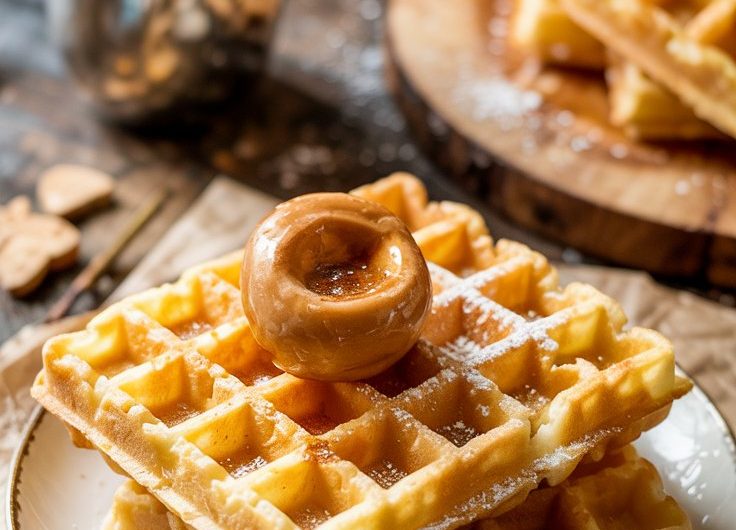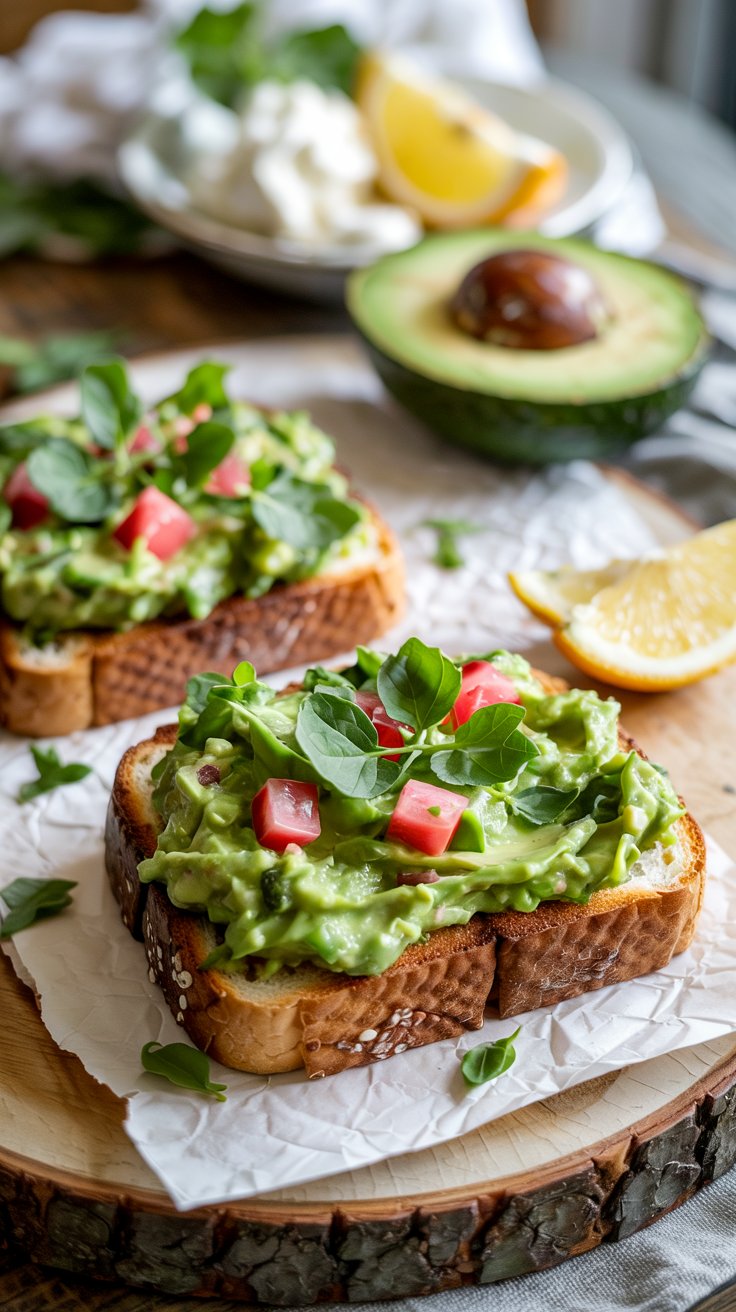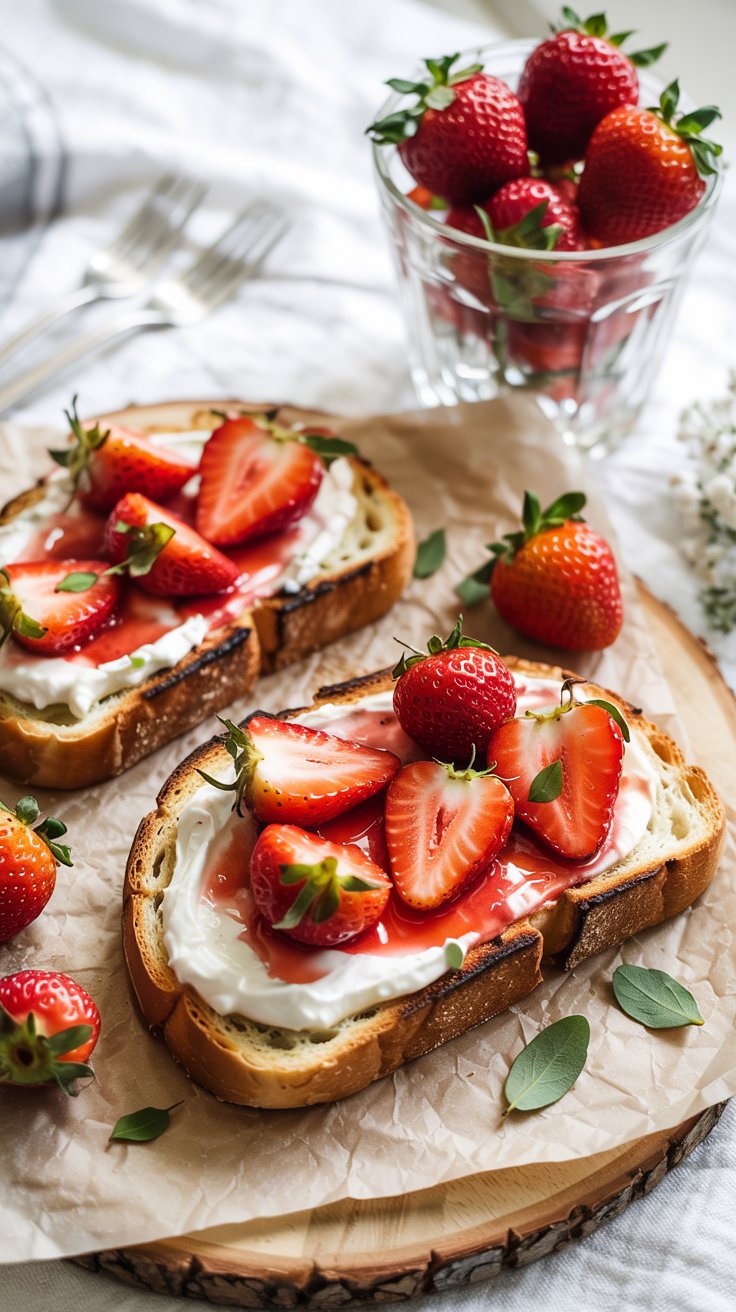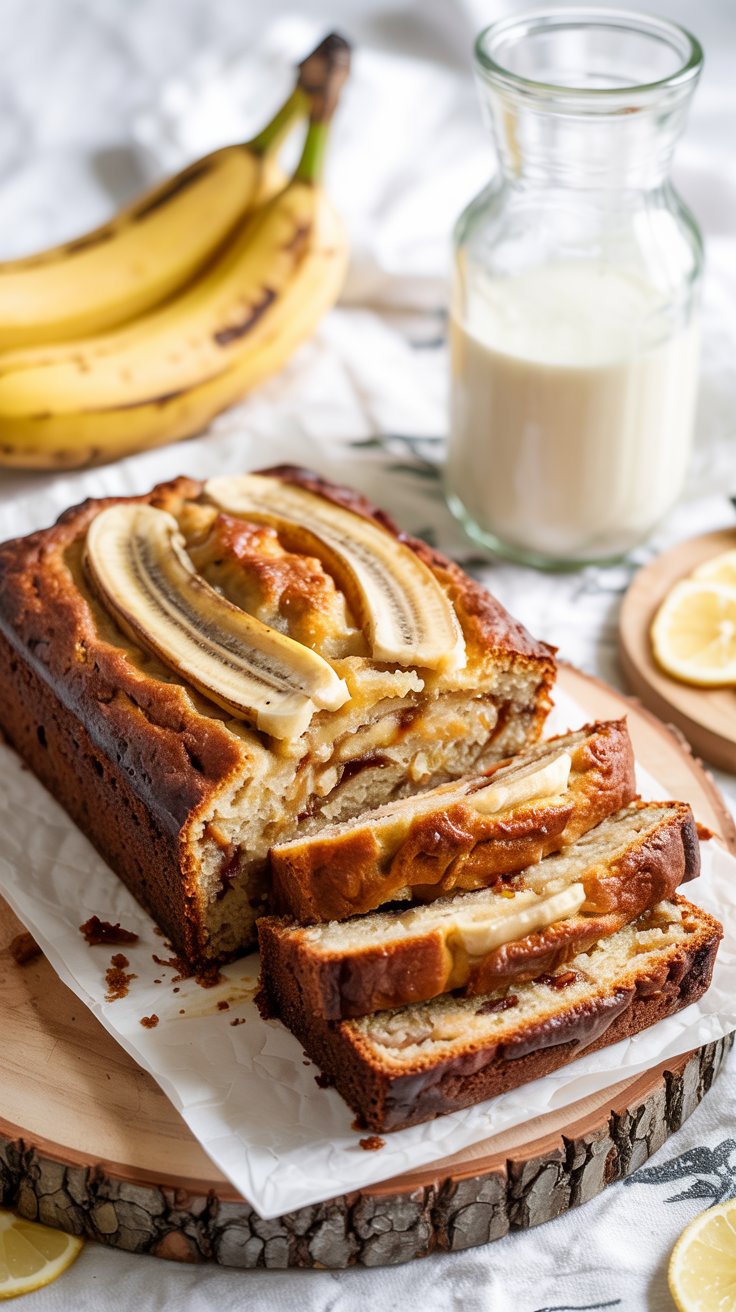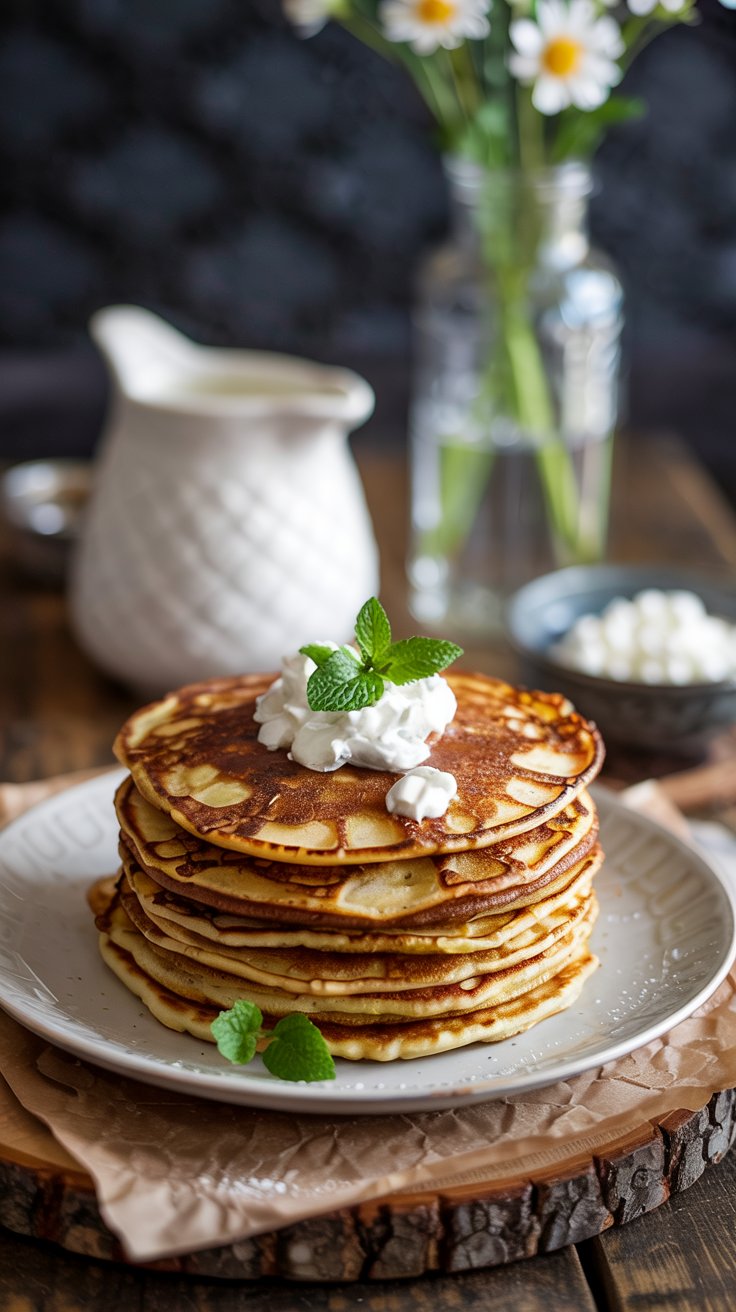Buttery Belgian Liege Waffles
If you’ve ever wandered past a street stand and caught a whiff of warm, buttery caramel in the air, you know the magnetic pull of a good waffle. These Buttery Belgian Liege Waffles are that feeling on a plate. They’re not the fluffy diner kind. They’re yeasted, a little chewy, and studded with Belgian pearl sugar that melts into crackly pockets. Sweet enough to eat plain, sturdy enough to carry fresh fruit or a smear of jam. No hype, just a really satisfying bake you can bring to the table on a slow weekend morning.
Ingredients for this Buttery Belgian Liege Waffles
- 3 cups bread flour, 360 g (all-purpose works in a pinch)
- 1 packet instant yeast, 7 g or 2 1/4 tsp
- 2 tbsp granulated sugar
- 1 tsp fine sea salt
- 1/2 cup warm milk, 120 ml, about 105–110°F
- 2 large eggs, room temperature
- 2 tsp vanilla extract
- 12 tbsp unsalted butter, very soft but not melted, 170 g
- 1 1/2 cups Belgian pearl sugar, about 220–250 g
- Optional: a pinch of ground cinnamon or cardamom
- Neutral oil or soft butter for the waffle iron
Note on the sugar: Belgian pearl sugar is larger than Swedish pearl sugar. It holds its shape longer, which makes those little caramel pools inside. If you only have Swedish pearl sugar, it still works, just a bit less crunch.
Instructions
Bloom the yeast. In a small bowl, stir the warm milk with the yeast and 1 tsp of the sugar. Let it sit for 5–10 minutes, until foamy on top. If nothing happens, your milk may have been too hot or the yeast inactive. Try again with a fresh packet.
Make the dough. In the bowl of a stand mixer, combine flour, salt, and the remaining sugar. Add the eggs, vanilla, and the milk-yeast mixture. Mix with the dough hook on low until a shaggy dough forms, about 1–2 minutes. Scrape the bowl if needed.
Knead and add butter. Keep mixing on medium-low until the dough starts to look smoother, about 3 minutes. Now add the softened butter a tablespoon at a time, letting each piece disappear before adding the next. The dough will look slippery at first. Keep going. After 5–7 minutes it should become glossy and elastic. It will be soft and slightly sticky, that’s right where it should be.
First rise. Cover the bowl and let the dough rise in a warm spot until puffy and nearly doubled, 60–90 minutes. If your kitchen is cool, give it a little more time. No rush.
Chill briefly. Slide the bowl into the fridge for 20–30 minutes. This short chill makes it easier to fold in the pearl sugar and portion without sticking like crazy.
Fold in the pearl sugar. Sprinkle the sugar over the dough and gently fold it in with a spatula or your hands until it’s evenly distributed. Try not to crush the pearls too much.
Portion and rest. Turn the dough onto a lightly greased surface. Divide into 10 equal pieces, about 90–100 g each. Shape into loose balls, cover, and let rest 15–20 minutes. This little pause helps them relax so they cook evenly.
Preheat the waffle iron. Medium to medium-high heat is the sweet spot. Lightly grease the plates with oil or a thin swipe of butter. If your iron runs hot, go a notch down. Caramel burns if rushed.
Cook. Place one dough ball in the center of the iron and close the lid without forcing it. Cook 3–5 minutes, until deep golden with caramelized edges. Peek once around the 3-minute mark. Every iron is different, so the first waffle is your test round.
Cool and repeat. Lift the waffle out with tongs and set it on a wire rack. Careful, the sugar is molten and sticks. A sheet of parchment under the rack catches drips and saves cleanup. Keep cooking the rest, re-greasing the iron lightly as needed.
Serving ideas: hot and plain is classic, a dusting of powdered sugar if you like. Fresh berries, a spoon of thick yogurt, or a square of good chocolate that melts as it sits on top. They don’t need much. They’re rich and buttery already.
Storage: keep at room temperature in an airtight container for 1 day, or refrigerate up to 3 days. Reheat in a 300°F oven for 5–7 minutes or pop into a toaster on low. For longer storage, freeze up to 2 months and reheat straight from frozen.
Cook and Prep Times
- Active prep: about 25 minutes
- First rise: 60–90 minutes
- Chill: 20–30 minutes
- Rest after portioning: 15–20 minutes
- Cooking: 3–5 minutes per waffle, about 30–40 minutes total for 10
- Total time: roughly 2 1/2 to 3 hours, most of it hands-off
Nutritional information
Approximate per waffle, assuming 10 waffles:
- Calories: 420
- Carbohydrates: 48 g
- Protein: 8 g
- Total fat: 20 g
- Saturated fat: 12 g
- Sugar: 20 g
- Fiber: 2 g
- Sodium: 260 mg
These numbers are estimates. Ingredients and waffle size will nudge them up or down.
Frequently asked questions
What can I use if I can’t find Belgian pearl sugar?
If you can find Swedish pearl sugar, use it as a one-to-one swap. It’s smaller, so you’ll get a slightly softer crunch. No pearl sugar at all? Try a quick hack. Lightly crush sugar cubes into chunky bits and mix with a teaspoon of water to help them clump. Freeze for 15 minutes, then fold into the dough. It’s not exact, but it gives you caramel pockets and that signature texture. Worst case, use coarse turbinado sugar and accept a gentler, more dispersed sweetness.
Can I make the dough ahead or freeze the waffles?
Yes, this dough is friendly. After the first rise, fold in the pearl sugar and portion into balls. Refrigerate overnight, tightly covered. The next day, let the dough sit at room temperature for 20 minutes, then cook. For freezing, you have two paths. Freeze the portioned dough balls on a sheet until firm, then bag for up to 2 months. Thaw in the fridge overnight before cooking. Or cook the waffles fully, cool, and freeze. Reheat from frozen at 325°F for 8–10 minutes. They come back crisp on the edges and tender inside.
Do I need a special waffle iron for Liege waffles?
A deep-grid Belgian-style iron gives the best shape and caramel pockets, but a standard waffle maker works. Aim for medium to medium-high heat. Too hot and the sugar scorches before the center cooks. Too low and the waffles dry out before browning. Grease lightly, and if sugar residue builds up on the plates, unplug the iron, let it cool a bit, then wipe carefully with a damp towel. Little tip from a messy cook’s kitchen, lay a sheet of parchment beneath the iron to catch drips. Your counters will thank you.
One last note, because it’s easy to forget in the moment. Caramelized sugar is very hot right out of the iron. Give each waffle a minute on the rack to settle before grabbing it. That small pause keeps fingertips happy. And honestly, that first bite after waiting just long enough, when the steam escapes and the edges shatter a little, is the best part.
Buttery Belgian Liege Waffles
10
servings25
minutes5
minutes420
kcalIf you’ve ever wandered past a street stand and caught a whiff of warm, buttery caramel in the air, you know the magnetic pull of a good waffle. These Buttery Belgian Liege Waffles are that feeling on a plate. They’re not the fluffy diner kind. They’re yeasted, a little chewy, and studded with Belgian pearl sugar that melts into crackly pockets. Sweet enough to eat plain, sturdy enough to carry fresh fruit or a smear of jam. No hype, just a really satisfying bake you can bring to the table on a slow weekend morning.
Ingredients
3 cups bread flour, 360 g (all-purpose works in a pinch)
1 packet instant yeast, 7 g or 2 1/4 tsp
2 tbsp granulated sugar
1 tsp fine sea salt
1/2 cup warm milk, 120 ml, about 105–110°F
2 large eggs, room temperature
2 tsp vanilla extract
12 tbsp unsalted butter, very soft but not melted, 170 g
1 1/2 cups Belgian pearl sugar, about 220–250 g
Optional: a pinch of ground cinnamon or cardamom
Neutral oil or soft butter for the waffle iron
Instructions
- Bloom the yeast. In a small bowl, stir the warm milk with the yeast and 1 tsp of the sugar. Let it sit for 5–10 minutes, until foamy on top. If nothing happens, your milk may have been too hot or the yeast inactive. Try again with a fresh packet.
- Make the dough. In the bowl of a stand mixer, combine flour, salt, and the remaining sugar. Add the eggs, vanilla, and the milk-yeast mixture. Mix with the dough hook on low until a shaggy dough forms, about 1–2 minutes. Scrape the bowl if needed.
- Knead and add butter. Keep mixing on medium-low until the dough starts to look smoother, about 3 minutes. Now add the softened butter a tablespoon at a time, letting each piece disappear before adding the next. The dough will look slippery at first. Keep going. After 5–7 minutes it should become glossy and elastic. It will be soft and slightly sticky, that’s right where it should be.
- First rise. Cover the bowl and let the dough rise in a warm spot until puffy and nearly doubled, 60–90 minutes. If your kitchen is cool, give it a little more time. No rush.
- Chill briefly. Slide the bowl into the fridge for 20–30 minutes. This short chill makes it easier to fold in the pearl sugar and portion without sticking like crazy.
- Fold in the pearl sugar. Sprinkle the sugar over the dough and gently fold it in with a spatula or your hands until it’s evenly distributed. Try not to crush the pearls too much.
- Portion and rest. Turn the dough onto a lightly greased surface. Divide into 10 equal pieces, about 90–100 g each. Shape into loose balls, cover, and let rest 15–20 minutes. This little pause helps them relax so they cook evenly.
- Preheat the waffle iron. Medium to medium-high heat is the sweet spot. Lightly grease the plates with oil or a thin swipe of butter. If your iron runs hot, go a notch down. Caramel burns if rushed.
- Cook. Place one dough ball in the center of the iron and close the lid without forcing it. Cook 3–5 minutes, until deep golden with caramelized edges. Peek once around the 3-minute mark. Every iron is different, so the first waffle is your test round.
- Cool and repeat. Lift the waffle out with tongs and set it on a wire rack. Careful, the sugar is molten and sticks. A sheet of parchment under the rack catches drips and saves cleanup. Keep cooking the rest, re-greasing the iron lightly as needed.


